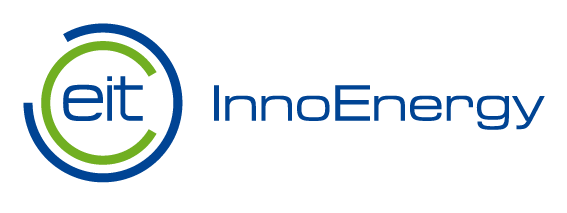Hepta Drones and 5G will solve poor network connection during crowded events

Crowded events like concerts, football games, and public demonstrations lead to excessively high communication capacity demand. Deteriorated network service with dropped calls and degraded Internet connectivity are expected results. Telecommunication companies have deployed temporary solutions, such as portable base stations, but this topic has still maintained a significant challenge for cellular network operators. Setting up stations takes 90 days, but using drones and 5G possibilities, it is aimed to take only 90 minutes.
Using drones at mass events with 5G equipment onboard allows better network coverage, incredible internet speeds, and less network congestion. Drones can be deployed rapidly for this purpose granting much more flexibility in responding to sudden demand spikes.
Henri Klemmer, CEO of Hepta Airborne, admitted that unmanned aerial systems in the 5G network constitute an immense potential for different industry verticals. “For Hepta Airborne, the conducted trials in the 5G!Drones Project promotes open innovation amongst industry top players and improves the implementation of novel technologies to our day-to-day power line inspection projects for potential and existing customers.”
Estonian AI-driven technology company Hepta Airborne automates the analysis of power lines by utilizing drones, helicopters, satellites, and big data analysis. The AI-driven software “uBird” finds defects and potential risks to prevent future failures and save costs and time. In-house built unmanned airborne systems cover an average of 10x more distance both daytime and nighttime while withstanding harsh weather conditions. Additional services include real-time fast response storm damage detection while conducting over 90% of daily flights in Beyond Visual Line of Sight.
The company has been trusted to digitize more than 40,000 kilometers of power line networks in Estonia, Finland, Sweden, Ukraine, Lithuania, Denmark, and Sweden. Hepta is supported by EIT InnoEnergy, the innovation engine for sustainable energy across Europe, supported by the European Institute of Innovation and Technology.
5G!Drones’ primary focus is on running UAV vertical use cases on top of 5G facilities. The objectives are: (i) to validate 5G KPIs; and (ii) to evaluate and validate the performance of different UAV vertical applications.5G!Drones project relies on the expertise from 5G!Drones vertical partners (Airbus, Hepta Airborne, CAFA Tech, Alerion, Unmanned Systems Limited, and Frequentis), and supporting industry partners (Nokia, Thales, Robots. Experts, DroneRadar, and Infolysis).

